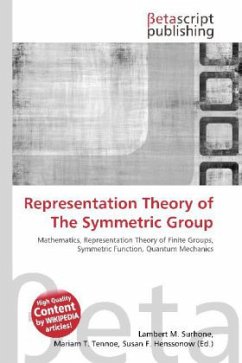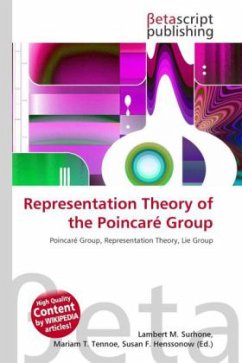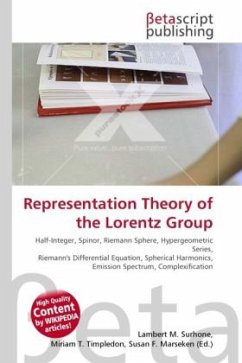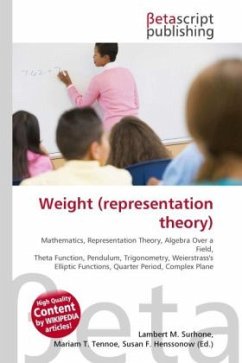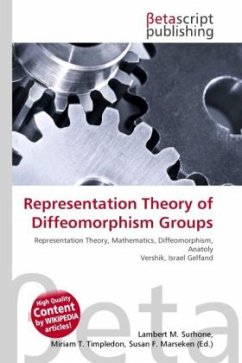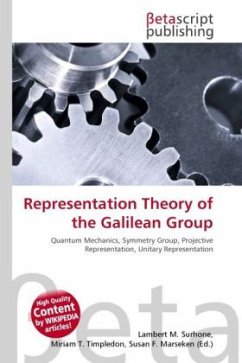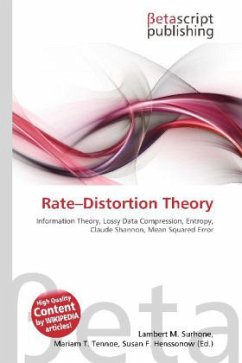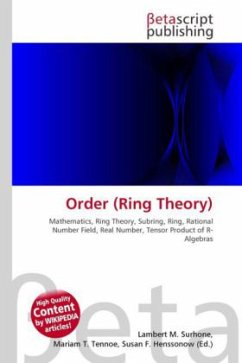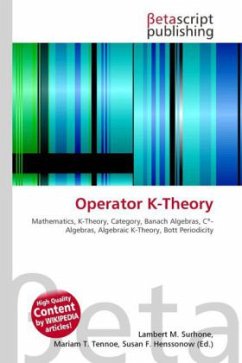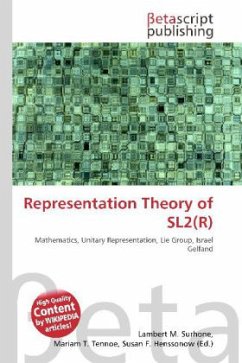
Representation Theory of SL2(R)
Versandkostenfrei!
Versandfertig in 6-10 Tagen
23,99 €
inkl. MwSt.

PAYBACK Punkte
12 °P sammeln!
Please note that the content of this book primarily consists of articles available from Wikipedia or other free sources online. In mathematics, the main results concerning irreducible unitary representations of the Lie group SL2(R) are due to Gelfand and Naimark (1946), V. Bargmann (1947), and Harish-Chandra (1952). For each nonnegative integer n, the group SL2(R) has an irreducible representation of dimension n+1, which is unique up to an isomorphism. This representation can be constructed in the space of homogeneous polynomials of degree n in two variables. The case n = 0 corresponds to the ...
Please note that the content of this book primarily consists of articles available from Wikipedia or other free sources online. In mathematics, the main results concerning irreducible unitary representations of the Lie group SL2(R) are due to Gelfand and Naimark (1946), V. Bargmann (1947), and Harish-Chandra (1952). For each nonnegative integer n, the group SL2(R) has an irreducible representation of dimension n+1, which is unique up to an isomorphism. This representation can be constructed in the space of homogeneous polynomials of degree n in two variables. The case n = 0 corresponds to the trivial representation. An irreducible finite dimensional representation of a noncompact simple Lie group of dimension greater than 1 is never unitary. Thus this construction produces only one unitary representation of SL2(R), the trivial representation.




